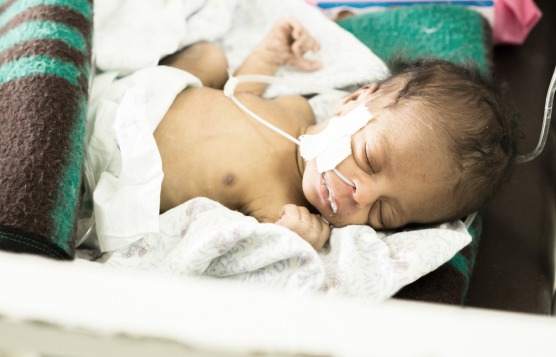
We all know that emergency nurses are regarded as a special breed
with the ability to keep going no matter what is thrown at us, but
that doesn’t stop us feeling fatigue. Resilience is the ability to recover quickly from
the difficulties surrounding us but this has become harder to maintain with the relentless challenges the latest winter has presented.
As a matron at Barnet Hospital’s emergency department (ED), and part of the senior leadership team, I have been concerned with the resilience and well-being of our staff.
Focus on resilience Through the winter months it was evident that early signs of fatigue were setting in with a slow rise in staff sickness, so we decided to focus on resilience to improve morale and lower sickness levels, and hopefully give staff the ability to carry on.
Mindfulness meditation sessions were introduced before the start of each shift.
Handover mainly focused on the challenges of the previous shift, which more often than not put oncoming staff into a negative frame of mind before they even set foot into the clinical area. Our staff were open to suggestions of ways to resolve this.
Some members of the senior team had recently undertaken a training course involving
mindfulness, and one ED consultant practised it daily, so it made sense to use the skills
available to us. We began by using a simple mindfulness breathing and meditation exercise, which takes only a few minutes to centre thoughts and settle the mind. It is not a mandatory exercise – all staff are given the opportunity to leave the staff room before the meditation – but it has been well received and some medical colleagues who have differing shift start times have been joining the sessions.
One nurse was keen to share her experience. She said: ‘Meditation before starting a
shift has helped me to relax and focus the mind before going into what can be a stressful and high-pressured environment. It has provided a new coping mechanism which can be used at work or home to relax and detach from a busy shift. Overall, it has been a great experience and has introduced new ways of winding down which I will continue to use in my career.’
Link to article here





